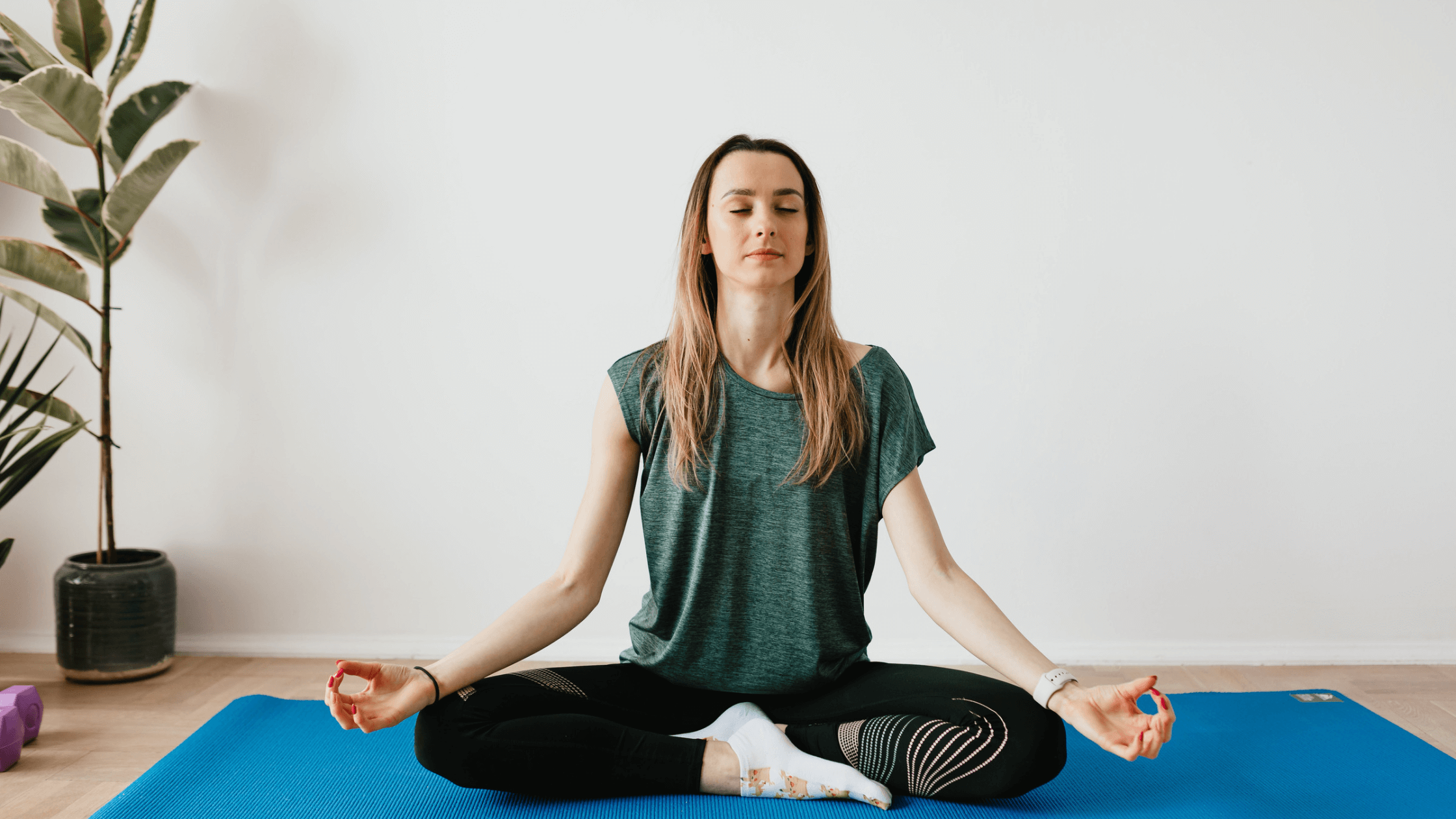Inhale, Exhale, Repeat: Proper Techniques and Benefits of Healthy Breathing

Chief Executive Officer // Founding Partner // Licensed Physical Therapist, PT, MSPT // EW Motion Therapy
In, out. Lungs fill up with air, and lungs compress. Breath is the most natural thing in the world, and most people may never think about it, but it is essential to life. But you may not realize that breathing is more than taking oxygen in and exhaling carbon dioxide out - how you breathe can be correlated to many components of your overall health. So how do you breathe properly? And what are some breathing habits you should avoid?
Respiration brings oxygen in during inhalation and removes carbon dioxide during exhalation. How you breathe can affect many bodily processes, like blood pressure, heart rate, and sleep quality. At EW Motion Therapy, we emphasize the importance of breathing to promote healing, improve heart rate, and relieve stress. We want to educate you on breathing and introduce techniques to improve your overall health, even if you decide our services do not fit your needs.
This article discusses why proper breathing is important, unhealthy vs. healthy breathing, and how breath can improve performance in your fitness practices. With this information and proper breathing, you can promote overall health and longevity.
Why is breath so important?
The respiratory system includes your airways, lungs, and various muscles, including your diaphragm. Its primary role is circulating oxygen throughout your body and removing carbon dioxide. In order for this system to function properly, there must be a balance between inhalations and exhalations. Dysfunctional breathing patterns, such as shallow breathing or hyperventilation, can occur when the depth or frequency of an inhale or exhale is altered.
Breathing affects how you sleep, how you exercise, and how you generally move throughout your day. Respiration patterns can also regulate cortisol levels (stress hormones), raise or lower your heart rate, and relieve stress - this is why meditation can be a beneficial practice. Taking time for slow, long, deep breathing throughout the day can give you energy and help you feel and live better.
How not to breathe: mouth breathing
Breathing through your mouth is generally not good for you. Mouth breathing is often associated with many adverse effects on your health. It can increase your chances of developing sleep apnea, dehydration, and poor sleep habits. You’re more likely to snore with mouth breathing, and you have an increased likelihood of throat, trachea, and lung irritation, as well as a diminished immune response.
What about during strenuous exercise or meditation? Studies have shown that there is not a major difference in oxygen saturation during vigorous exercise, whether you breathe through your nose or mouth. However, other studies have indicated that mouth breathing can increase respiration rate during exercise. Overall, breathing out through the mouth is sometimes ok, but inhaling through your mouth can be less effective. Remember: your nose is designed for breathing, and your mouth is designed for eating.
What are proper breathing techniques?
The most effective way to experience improved health is to breathe through your nose. When you breathe through your nose, your nostrils act as a filter to remove harmful irritants and help moisten the air you breathe. Actively inhaling through the nose warms and cleanses the air, and the passive exhale through the nose is the most efficient way of getting carbon dioxide out of your body. A ratio of almost a 5-6 second inhale to a 5-6 second exhale is optimal to maximize health benefits. Let’s discuss two techniques you can use to regulate your breathing and help reduce stress.
Resonant breathing
Resonant breathing is a technique to decrease stress and improve lung capacity. To try it, breathe in for 5 seconds and then out for 5 seconds. The goal is to improve lung capacity and balance body systems to the point where you complete 5 full breaths in a minute. A practice session can last from a few minutes to many.
Alternate nostril breathing
Have you ever noticed that your breath could switch nostrils? Each nostril connects to a different part of your nervous system. Your left nostril influences your parasympathetic nervous system, which relaxes your body after a stressor. Your right nostril connects to your sympathetic nervous system, which controls your fight-or-flight response, among other bodily reactions to stress.
If you’re nervous, try a technique that’s more focused on your left nostril, and if you feel lethargic, try breathing through your right nostril. Here’s an example of an alternate nostril breathing technique to try.
- Place the thumb of your right hand on your right nostril and the ring finger on your left nostril. Rest your second and third fingers between your eyebrows.
- Close your right nostril with your thumb and inhale through your left nostril.
- At the top of the breath, pause briefly, holding both nostrils closed, then lift your thumb and exhale through the right nostril.
- At the end of your natural exhale, hold both nostrils closed for a moment, then inhale through your right nostril.
- Continue alternating for 5-10 breaths.
A note on posture
Posture can also affect the quality and effectiveness of your breath - a hunched posture compresses your lungs, decreases rib expansion, and diminishes the effectiveness of your diaphragm. Over time, a hunched position can become more fixed, especially while sitting at a desk or looking at your phone, resulting in digestive problems, circulatory issues, and muscle atrophy. It is important to change positions during the day and pause to take deep breaths when you need to - Apple Watches even have a mindfulness app that can help you set reminders to do this.
How does breath relate to exercise?
Now you know why breath is more than just inhaling and exhaling. Along with regulating heart rate and stress levels during exercise, breath is foundational to many movement practices, including yoga and Pilates. With Pilates especially, breath is foundational to centralizing all movements to the core and ensuring whole-body mindfulness. You can learn more about the practice here.
Breath is essential to daily activity, managing stress, and ensuring adequate oxygen saturation throughout the body. When you can breathe well, you can move and live well. We emphasize at EW Motion Therapy that having a breath practice is the first step toward healing and good health. If you are curious about what programs EW offers, you can answer the questions in our Program Match Tool to find the best fit for your needs and goals.

